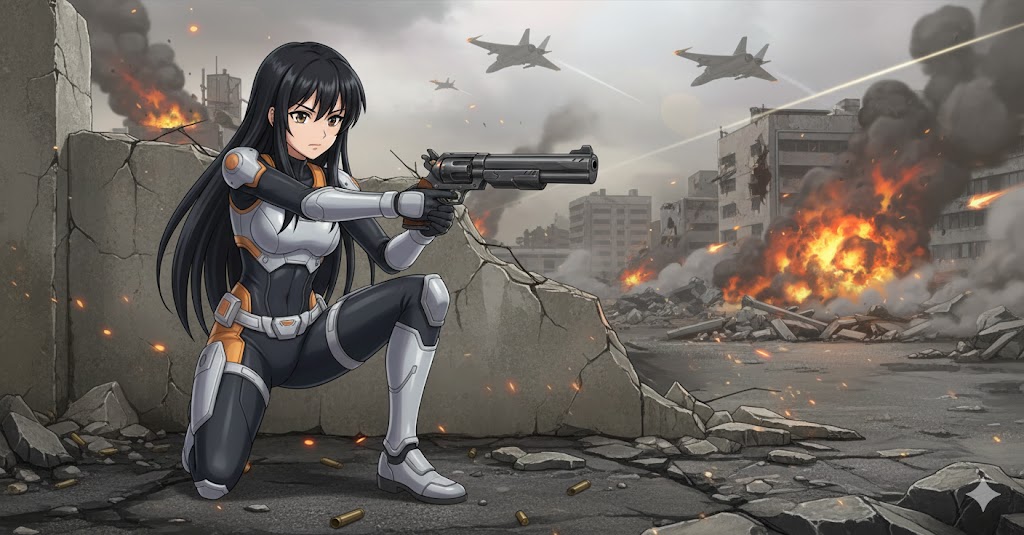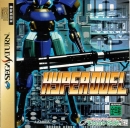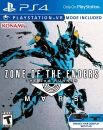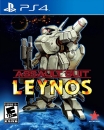Since the early gaming years, a lot of consoles were made by various companies. And of course, everybody knows the systems created by Nintendo, Sony, Microsoft, Atari and SEGA. But it's also a fact that some consoles end up forgotten by the public, either because they sold really poor, or because they were restricted to some regions.
Let's uncover some of them, all right?
Super A'Can (1995)

The Super A'Can is a video game released by Funtech back in 1995 in Taiwan.
Equipped with a CPU Motorola 68000 (same as SEGA Genesis and NEO-GEO) and 128 kb of VRAM, it used cartridges for games. It failed because it were too expensive, and let's be honest here... In 1995 we were at 5th generation, with the first Playstation, the Nintendo 64 and the SEGA Saturn, which were much more powerful systems, and had better support.
Maybe because of that, they had planned a CD-ROM add-on and a GPU upgrade for better graphics, but it was never released. Probably because it was too late. A total of only 12 games were released.
You can play Super A'Can games using your browser by checking this link.
Casio Loopy (1995)


The Casio Loopy, also know as "My Seal Computer SV-100" was released by Casio in 1995 as a 32-bit system, only in Japan. It was a console targeted to female gamers. It had one controller port, and support for a mouse, sold separately.
The biggest feature of this system was a built-in thermal color printer that could be used to print stickers from game screenshots. There was also an optional accessory called "Magical Shop", a video capture device that could get images from VHSs and DVDs.
It had a total of 11 games, and it's production ended in December 1998.
VTech Socrates (1988)

VTech Socrates is a 8-bit system released by VTech, and it was a console focused on edutainment. It had a robot character named Socrates (Yes, because of the philosopher). It was sold from 1988 up to 1994, when it was discontinued. It used a wireless controller, with infrared reception. In Europe, the Socrates was released as "Prof. Weiss-Alles", which means "Professor Knows Everything".
It had five categories of games bundled with the system: Math Problems, Word Problems, Word Games, Music Games and Super Painter. Even if it had a kinda long lifespan of about 6 years, not much is talked about this console. Maybe because people would prefer consoles with more options than just educational games, and we know that this kind of game doesn't get too much attention.
LaserActive (1993)

The LaserActive is a fourth generation system released by Pioneer in Japan. It was capable of playing LaserDiscs, Compact Discs, console games, and LD-G Karaoke. But that's not all: With an add-on, you could also play Mega Drive games, PC-Engine Games, and CD-ROMs.
Even if it was well received, because it was a good improvement over the 3DO, the LaserActive only sold around 10.000 units, and the main reason was because of it being too expensive. Even so, it got a good library, specially when considering it could play Mega Drive and PC-E games.

































































